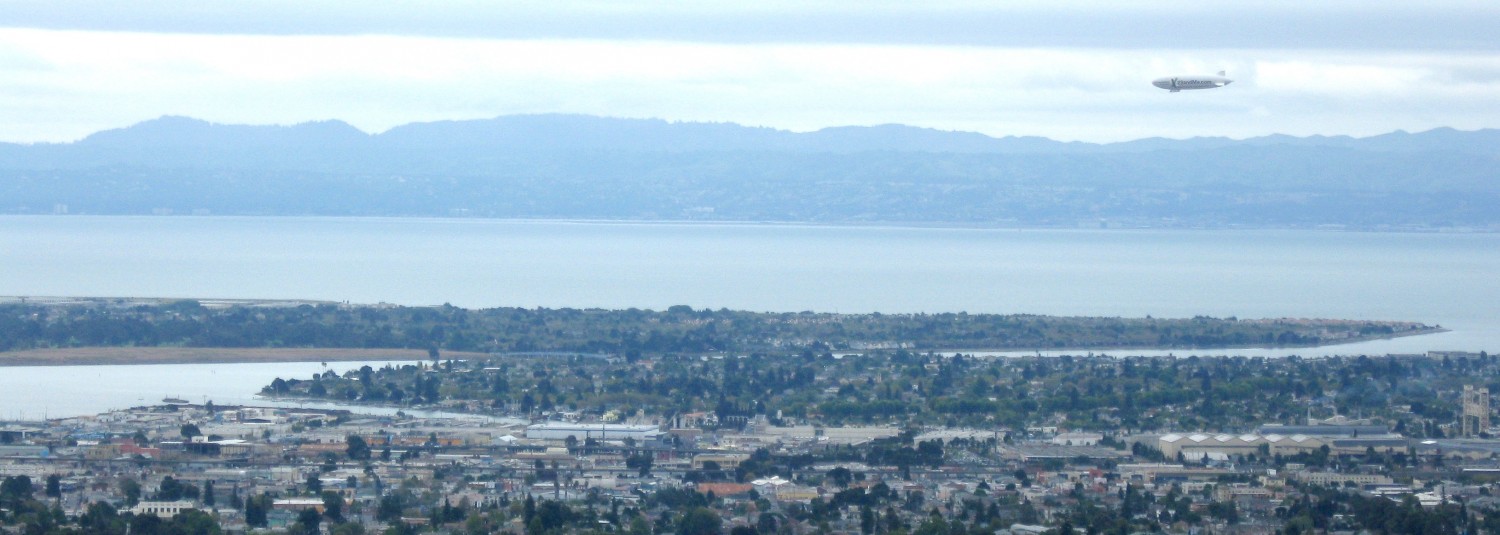FROM THE NNSQUAD MAILING LIST:
https://lists.nnsquad.org/mailman/listinfo/nnsquad
WARNING: GOOGLE IS TRYING TO TRICK YOU INTO USING GEMINI AI AND
FEEDING GEMINI YOUR DATA IN GMAIL AND OTHER APPS!
What Google is now doing should be ILLEGAL. PERIOD. For the first time
I can recall in history of using Gmail, it just now popped a modal
dialogue box — DEMANDING that I choose whether or not I wanted “Smart
Features” turned on — which when you read the verbiage mostly means
goddamned Gemini AI AND if you enable this you’re giving Google
permission to use your data to “improve” this horrifically invasive,
inept, and misinformation spewing tech that steals data from websites
for its own use without permission of those sites. DON’T LET IT SUCK
IN YOUR EMAIL AS WELL!
There was no way I could find to exit the modal window without
choosing YES or NO, which means my existing selection to NOT use Gmail
Smart Features (long my preference) was NOT being honored. After
saying NO to this disgusting query by Google, I was pushed to ANOTHER
page where I was forced to choose again about “smart features” in
“other” Google apps. I chose NO again and finally was permitted to
escape this trap.
Note that while you can fairly easily check to make sure “smart
features” are turned off in Gmail settings, I offhand don’t have a
clue as to how to find the similar settings in other Google apps that
may have been affected by this absolutely disrespectful forced
dialogue, as Google keeps trying to ram Gemini AI down our throats.
…
And even if you have Gmail “smart features” off, your email can STILL
end up inside Gemini
And remember, even if YOU have these invasive “smart features” turned
off, if you communicate by Gmail with someone who has them turned on,
your email will still be sucked into Gemini AI. Like I said, this
should be ILLEGAL. -L
